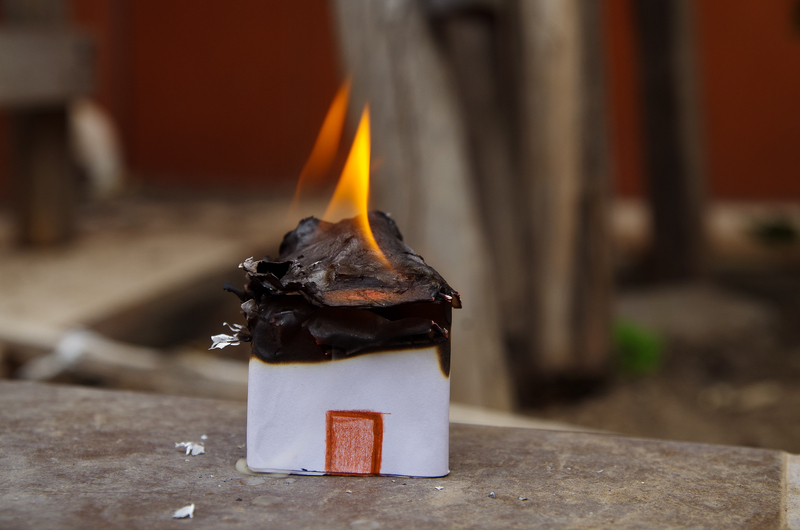One of the most contentious issues between tenants and landlords is the damage caused to the rental property. Every landlord has a desire to see his property in top condition all the time. They deduct money from the security deposit of a tenant if they has caused any harm to their rental property. But is this damage genuine or caused by normal wear and tear?
If a landlord cannot differentiate between damage and normal wear and tear, he will soon become unpopular among his tenants. There is always difference in the opinion of a landlord and a ten ant as to what damage is and what is normal wear and tear. There is a very thin line dividing damage and normal wear and tear.
Is there a clear-cut definition?
Damage to a property is often governed by state or local laws. However, there is no clear-cut definition of what should be treated as damage because of normal wear and tear. Most of these laws do not define damage properly. It therefore becomes very difficult for a landlord to assess whether it is damage or normal wear and tear.
One good source of definitions of words like damage and normal wear and tear is Black’s Law Dictionary. Consulting this dictionary is a good option for landlords as in many cases, disputes with tenants end up in a court of law. By applying the definitions of normal, wear and tear, and damage given in this dictionary, it is possible for landlords to find a fair solution to the confusion between damage and normal wear and tear.
According to Black’s Law Dictionary, normal is defined as according to, constituting, or not deviating from an established norm, rule or principle; conformed to a type, standard or regular form; performing the proper functions; regular, average, natural.
Wear and tear is defined as deterioration or depreciation in value by ordinary and reasonable use of the subject matter.
Damage is defined as loss, injury or deterioration, caused by the negligence, design or accident of one person to another, in respect of the latter’s person or property.
What is to be treated as normal?
As a landlord, you are close to assessing what is normal and what damage is caused by unreasonable use of the tenant. Here are some examples from real life to make it easier for you to understand what is normal.
- Paint on the walls fading or chipping away could be a result of furniture items stacked against the walls. It must be treated as normal by the landlord
- If the flooring has developed a trail because of the path used by tenants, it must be treated as normal wear and tear of the flooring.
- If appliances break down or develop some malfunction, it is treated as normal wear and tear if they have been used reasonably by the tenant.
- Fixtures in plumbing also develop snags with passage of time and constant usage.
However, there are other examples that tell you that it is damage and not because of normal wear and tear.
- Crayon marks on the walls created because of drawings done by a kid
- Stains of wine on the carpet, burns because of cigarette butts, and broken ceramic tiles are to be treated as damage
- Coils of A/C covered with the hairs of dog or cat is certainly a damage and not normal wear and tear.
If you look at these examples, you know when to charge your tenants for damages and when to accept them as normal wear and tear. Let your tenants know what you are ready to accept as normal wear and tear and what you will treat as damage.
If you’d like to talk more about property management, or you need help with Everest Property Management, please contact us at Everest Realty.
Property Management Service Areas
Palm Coast Property Management
Flagler Beach Property Management
Ormond Beach Property Management
St. Augustine Property Management
Daytona Beach Property Management



 As a top producing Realtor and Property Manager; Terry specializes in sales, extensive construction homes, rentals, REO’s, short sales, and all aspects of Real Estate. After graduating the University of Michigan with a master in MBA, Terry continued his endeavor and now has over 15+ years of experience in the Real Estate world. If there is anything that has to do with Real Estate and sales, you can always be sure of Terry to provide important, specialized knowledge.
As a top producing Realtor and Property Manager; Terry specializes in sales, extensive construction homes, rentals, REO’s, short sales, and all aspects of Real Estate. After graduating the University of Michigan with a master in MBA, Terry continued his endeavor and now has over 15+ years of experience in the Real Estate world. If there is anything that has to do with Real Estate and sales, you can always be sure of Terry to provide important, specialized knowledge.




